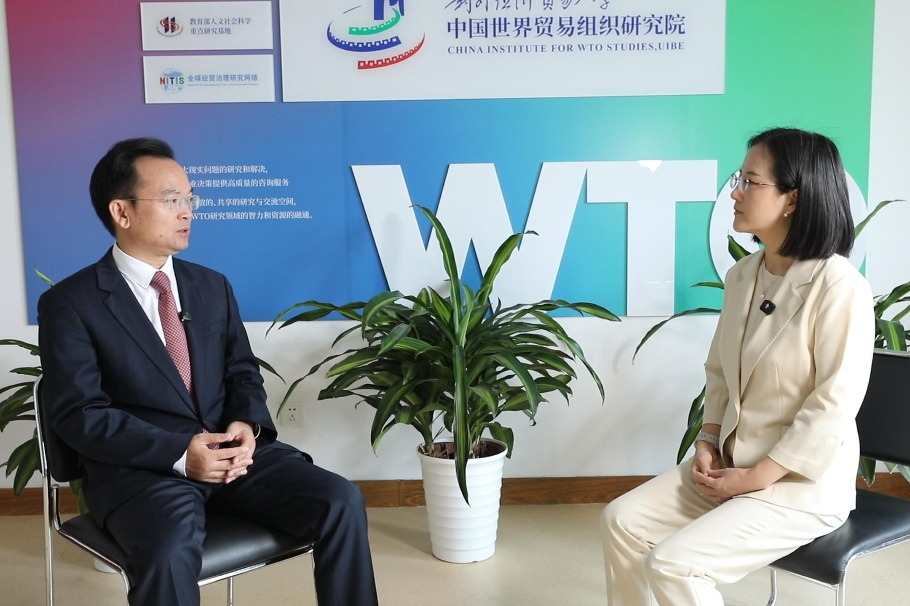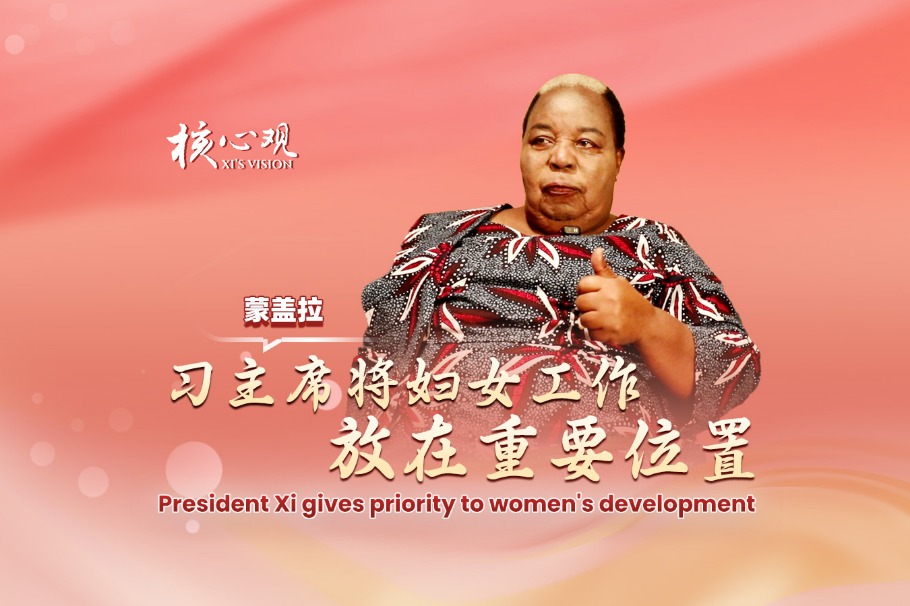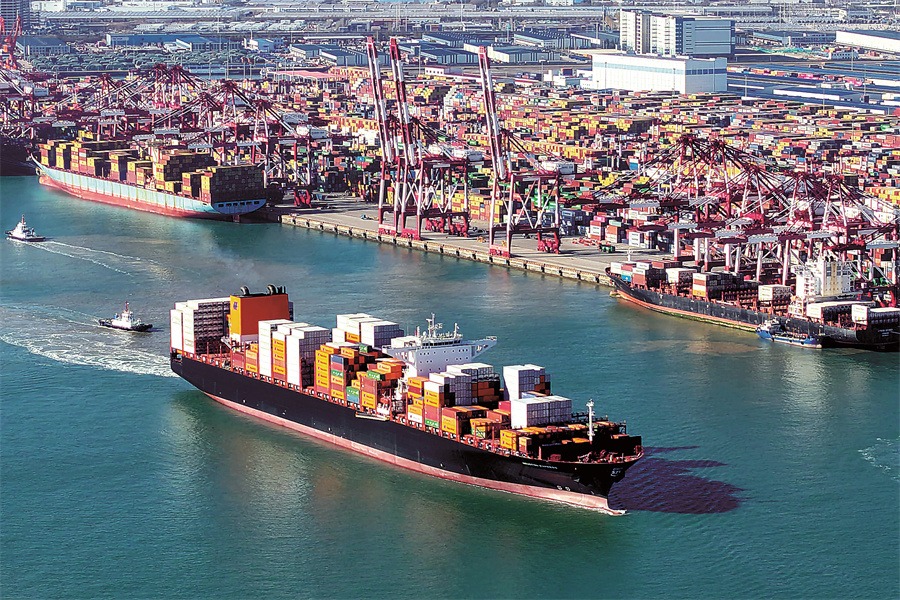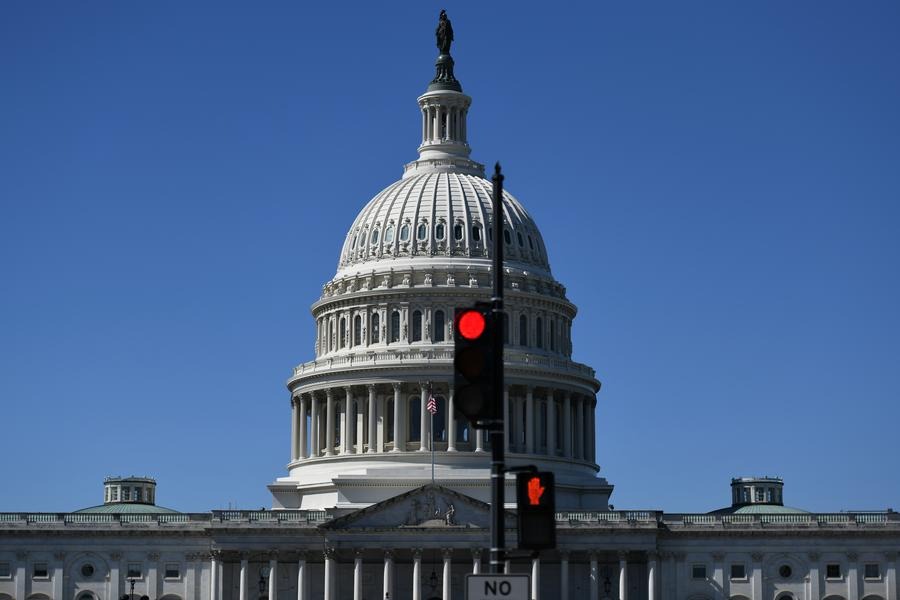Carbon cutter


Enhancing the vitality of China's national emissions market would help realize the country's dual environmental goals
The carbon market is a central policy instrument for China to advance its dual carbon goals of peaking carbon dioxide emissions before 2030 and achieving carbon neutrality before 2060.
The first compliance cycle of the market began in 2021, covering 2,162 major power generators, which collectively accounted for about 4.5 billion metric tons of greenhouse gas emissions. This made China's carbon market the world's largest by emissions covered. By Sept 24, the cumulative trading volume was about 720 million tons of allowances, with transactions worth more than 49 billion yuan ($6.8 billion).
Currently, China's carbon market faces several challenges.
First, the carbon market covers a limited number of sectors with low trading activity. At present, the mandatory national carbon market includes only power generation, steel, cement and aluminum industries, while other high-emission industries such as petrochemicals and chemicals have not yet been incorporated. As a result, its impact on emissions reductions does not extend across the wider economy.
Meanwhile, the voluntary GHG emissions reduction trading market, also known as the China Certified Emission Reduction (CCER) program, has approved methodologies for only six types of projects, whose net emissions reductions or removals can be quantified and used to offset emissions in the mandatory market. With a limited coverage of sectors and projects, the program's capacity to incentivize emissions reductions remains insufficient and requires further enhancement.
Second, the effectiveness of the carbon market is constrained by a concentrated participant base, low liquidity and an imperfect allowance allocation mechanism. Carbon trading is now dominated by large emitters, with limited participation from financial institutions or carbon asset management companies. This lack of diversity reduces overall market activity and trading volumes, restricting the flow of capital and the use of financial instruments to support emissions reductions.
Moreover, emitters are allocated free emissions allowances based on relatively loose industry benchmarks, with the option to offset excessive emissions through the relaunched CCER program. Small and medium-sized enterprises outside the compliance scope can therefore become "gray zones" for emissions transfer, undermining both the effectiveness and fairness of carbon reduction policies.
Third, carbon prices have been volatile, making it difficult to establish an effective price mechanism to drive emissions reductions. Since its launch, China's carbon market has shown a distinct "tidal" compliance-driven pattern: trading activity surges near compliance deadlines, leading to market congestion and sharp price swings that increase compliance risks for companies.
This volatility stems largely from the failure of carbon price signals outside compliance periods, when companies have little incentive to trade. Furthermore, information asymmetries and limited corporate understanding of the carbon market also prevent carbon prices from accurately reflecting the true cost of emissions and the genuine market value of reductions.
Fourth, mandatory and voluntary carbon markets are not effectively integrated, weakening pressure on key emitters. In the mandatory carbon market, there have been frequent changes regarding the rules and project eligibility for offsetting emissions with CCER credits, making it difficult for companies to form stable expectations.
Meanwhile, the voluntary market's rules for project approval and emissions reduction accounting are not aligned with those on the mandatory market. As a result, some voluntary reductions are not recognized in the compliance market, preventing mitigation outcomes from being transferred across systems.
Moreover, while the mandatory market imposes emission caps on emitters, its heavy reliance on free allowance allocation and strict limits on CCER offsets have weakened the complementary role that voluntary reductions could play in supporting compliance efforts.
Moving forward, it is essential to expand the market's coverage of sectors and participants, while introducing diverse trading products and mechanisms, stabilizing prices and improving coordination, to build a more effective, dynamic and globally influential carbon market.
First, a phased carbon market expansion plan should be established, prioritizing high-emission sectors with robust carbon data, such as petrochemicals and chemicals. Sectors with medium emissions such as ceramics and glass, should conduct emissions data surveys and pilot monitoring, reporting and verification programs. For in-scope sectors that are not yet fully regulated, such as steel and aluminum, more detailed accounting standards should be developed for specific product categories, such as specialty steel and recycled aluminum, to ensure emissions reduction efforts are accurately targeted and effectively enforced.
At the same time, the voluntary market should develop new methodologies for areas including forestry and marine carbon sinks and methane recovery, supported by a dynamic system for regular updates and revisions, to incentivize broader emission reduction efforts.
Second, market access should be expanded by easing participation restrictions on financial institutions, allowing banks and funds to engage in activities such as carbon allowance pledge financing and carbon fund issuance. Carbon futures trading should be piloted and opened to qualified financial institutions, while professional carbon asset management companies should be encouraged to provide custodial and trading services for SMEs. In addition, pathways for individual participation should be explored, with the gradual introduction of direct trading access for individual investors.
At the same time, the rules for allowance allocation need to be improved. Compliance requirements should be tightened by gradually lowering the share of free allowances and aligning sectoral benchmarks with international best practices.
It is also suggested to establish a "carbon leakage" early warning and compensation mechanism, providing appropriate allowance subsidies for exporters in high-carbon industries, while extending carbon footprint tracking to SMEs outside the compliance framework to prevent carbon leakage caused by production transfer.
Third, multiple measures should be carried out to improve the price mechanism. One approach is to introduce phased compliance settlement, dividing annual obligations into quarterly installments to ease trading congestion near compliance deadlines. Incentives should be offered for off-season trading, such as discounts on future allowance auctions for companies whose off-season trading volume exceeds 10 percent of annual allowances.
Another approach is to improve transparency and market guidance by creating a unified national carbon market information platform to regularly release industry emissions data, allowance supply-demand forecasts and the trading activities of major enterprises. This would improve companies' responsiveness to price signals and allow carbon prices to better reflect real reduction costs.
Fourth, to strengthen the alignment between mandatory and voluntary markets and enhance their synergy, a clear management framework should be introduced to define offset ratios and eligible projects for CCER credits in the mandatory market. Monitoring, reporting and verification standards in the two markets should be aligned, requiring voluntary projects to apply the same accounting methods and monitoring equipment as those used in the mandatory system. This would ensure that verified emissions reductions are recognized in both markets.
In addition, a linkage mechanism should be developed between compliance allowances and voluntary reductions, allowing companies to use surplus voluntary reductions to offset part of their compliance obligations in future years.
Shao Shuai is a distinguished professor at the School of Economics and Management at Tongji University. Xu Le is an associate research fellow at the Institute of Free Trade Zone Studies at Shanghai University of Finance and Economics. The authors contributed this article to China Watch, a think tank powered by China Daily.
The views do not necessarily reflect those of China Daily.
Contact the editor at editor@chinawatch.cn.

































